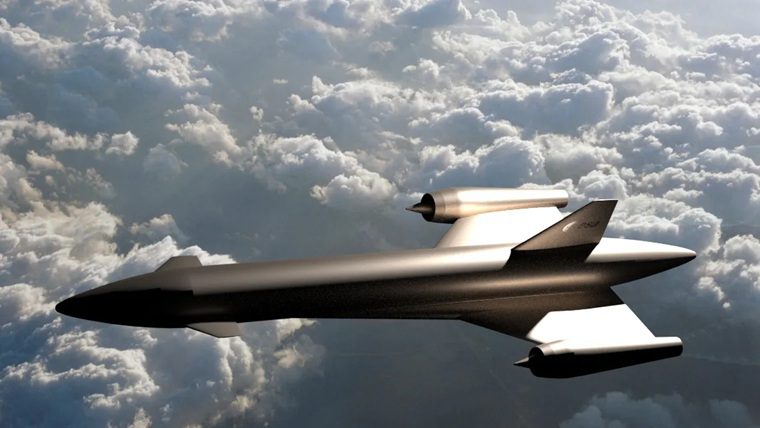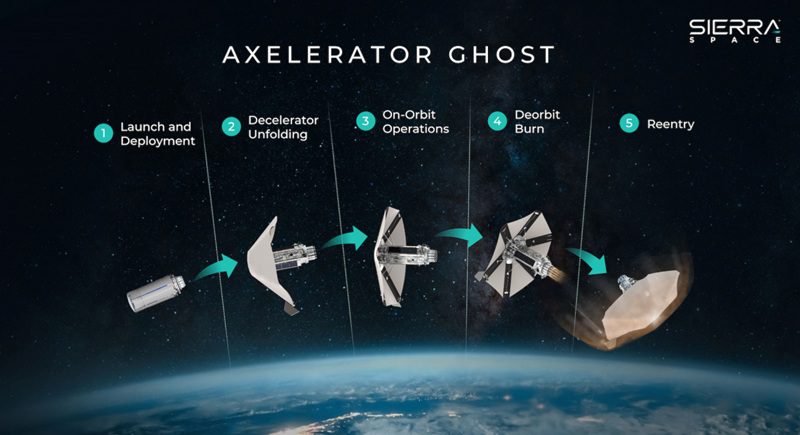Airbus subsidiary SSTL (Surrey Satellite Technology Limited) has been awarded a grant from the UK’s innovation agency, Innovate UK, to develop a new thruster system for spacecraft which uses HTP (High Test Peroxide) – a highly concentrated solution of Hydrogen Peroxide (H202) instead of the currently used Hydrazine which will shortly be banned due to its poisonous and probable carcinogenic nature. Hydrazine is to be eventually banned under EU REACH (Registration, Evaluation, Authorisation and Restriction of Chemicals) proposals. A new valving system for the volatile HTP propellant is being developed by SSTL to be used in conjunction with a reinforced aluminium composite propellant tank developed by TISICS Ltd from an original idea by the Open University.
Comment by David Todd: HTP is not a panacea. HTP is a difficult-to-handle propellant which all-too-easily exothermically disassociates into water (steam) and oxygen. Even contact with iron or copper will trigger an exothermic reaction. It is highly corrosive and prone to leaking, while its explosive and corrosive nature makes it very dangerous to humans involved in propellant loading. Submarines using this to power their torpedoes have been lost due to HTP explosions (HMS Sidon in 1956 and the Russian submarine Kursk in 2000) while the Messerschmitt Me 163 rocket fighter which used HTP as its oxidiser was infamous for its propensity to catch fire. So good luck with that.





